
Les saints de glace, or the “ice saints,” are here: St. Mamert on May 11, St. Pancrace on May 12, and St. Servais on May 13.
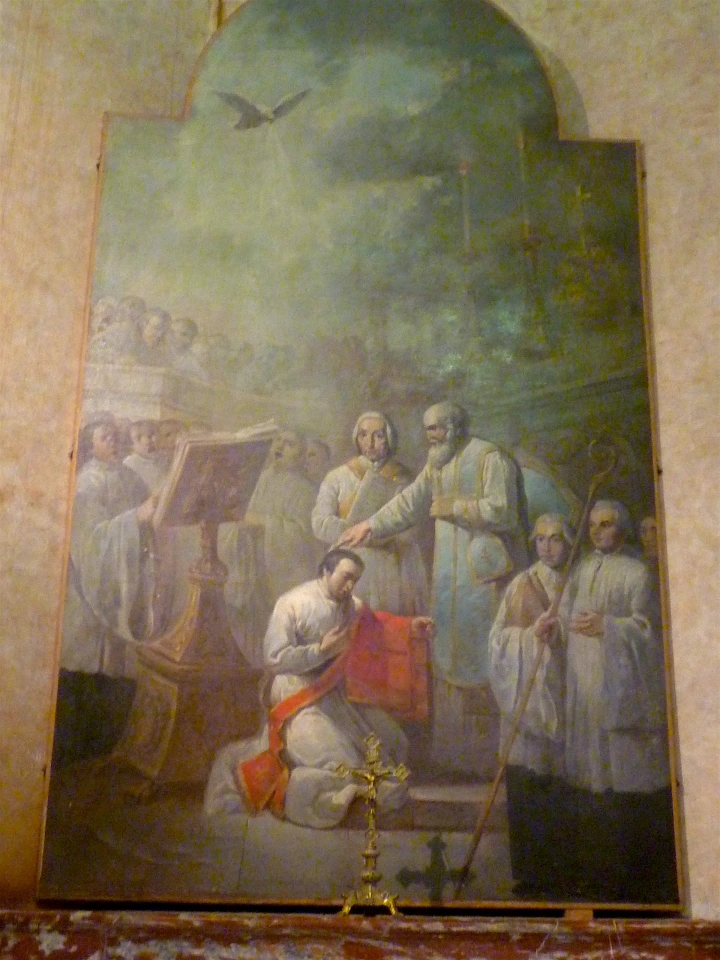
People have been obsessed with the weather since time immemorial. And to keep track of things, if you you were a farmer who didn’t read or write, you used the saints’ days.
Today, France adheres to laïcité, or non-sectarianism, but it wasn’t always so. As Barbara Tuchman wrote in “A Distant Mirror: The Calamitous 14th Century,” “Christianity was the matrix of medieval life: even cooking instructions called for boiling an egg ‘during the length of time wherein you can say a Miserere.’ It governed birth, marriage, and death, sex, and eating, made the rules for law and medicine, gave philosophy and scholarship their subject matter. Membership in the Church was not a matter of choice; it was compulsory and without alternative, which gave it a hold not easy to dislodge.”
And so, today, official holidays include Ascension last week, lundi de Pentecôte on May 16, as well as Aug. 15 (feast of the Assumption), Nov. 1 (All Saints Day), Easter Monday and Christmas.
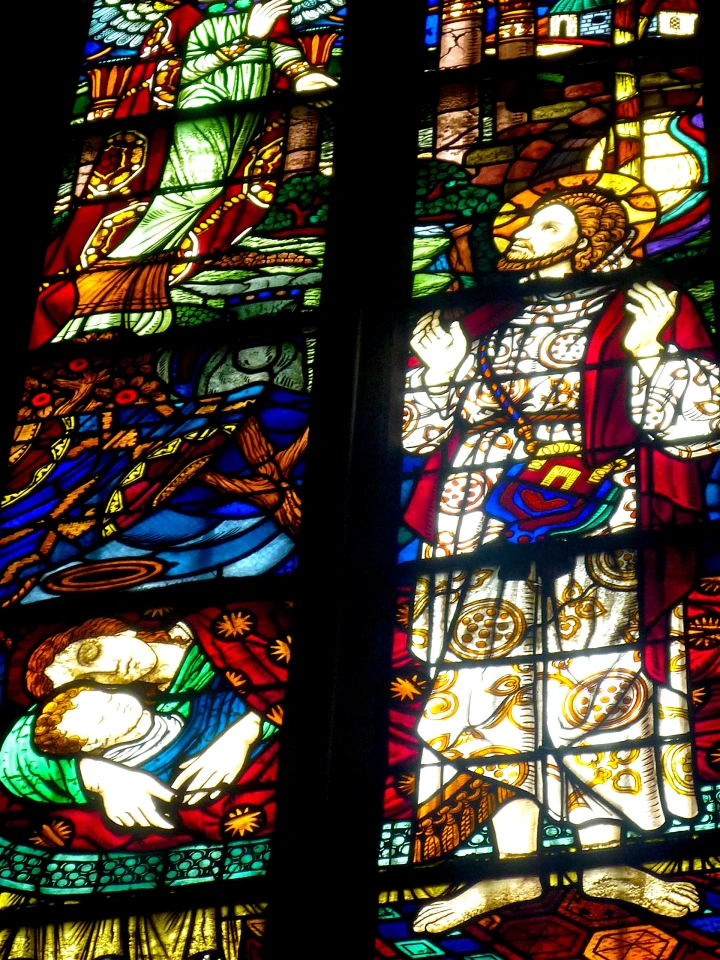
And the nightly newscast’s weather report ends with an announcement of the next day’s saints.
The ice saints got their names from the rotten habit of a promising spring turning cold and nasty for a last few days. Apparently, Galileo’s students made some of the first observations, and the Little Ice Age from 1645-1715 probably cemented the idea. I once read an article blaming the phenomenon on a final cycle of low pressure out of the Arctic, while another said it was the period when the Earth passed through a bunch of space dust, cutting off the sun’s rays.
 There’s the saying “Avant St. Servais, point d’été. Après St. Servais, plus de gelée,” or before St. Servais, no spring (“point” is like saying “zip” or “zilch”–it means none, but with more attitude); after St. Servais, no more frost.
There’s the saying “Avant St. Servais, point d’été. Après St. Servais, plus de gelée,” or before St. Servais, no spring (“point” is like saying “zip” or “zilch”–it means none, but with more attitude); after St. Servais, no more frost.
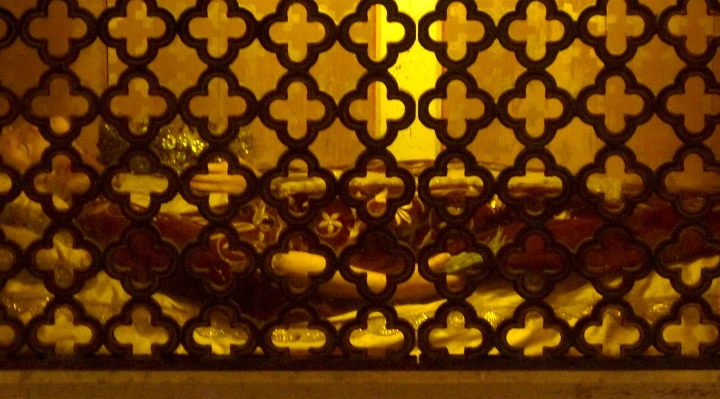
But another saying doesn’t let Servais get the last word: Quand le St. Urbain est passé, le vigneron est rassuré, or when St. Urbain is over, the winegrower is reassured.
All this is to say that I am not as lazy/crazy as I look for not having planted the garden yet. Just waiting for St. Urbain on May 25.

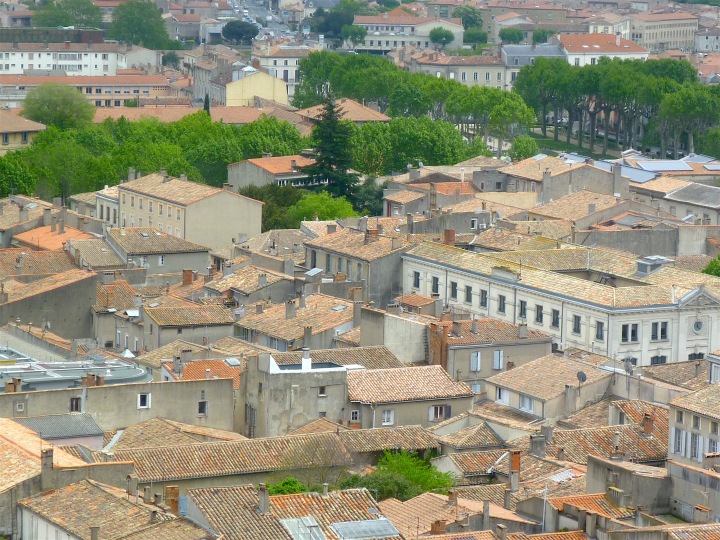

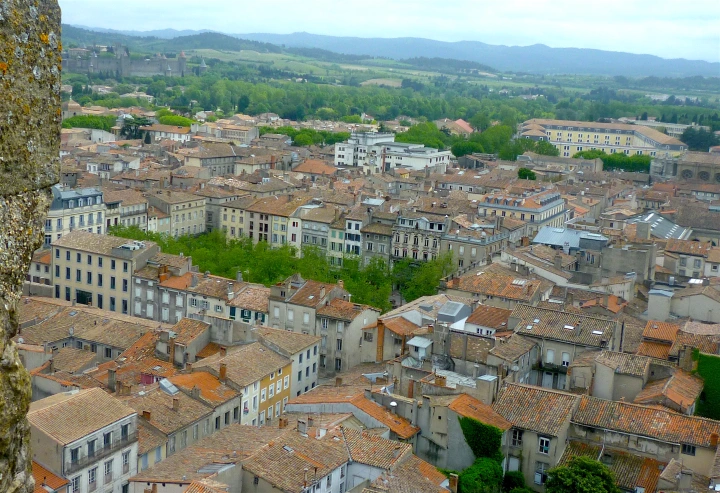







I’d never heard of ice saints before! This was a fun and very insightful post to read. I’ve always been amazed at how secular French still clings on to the tradition of honoring Saint/Holy Days!
LikeLike
People wish each other a happy saint’s day when it’s the feast of the saint they’re named for. And there are other weather-related saints, like “à la Ste. Catherine, tout bois prend racine”–you’re supposed to plant trees around Nov. 25, the feast of St. Catherine (or one of them).
LikeLike
I was wondering about the….Ice Saints….from your last posts. I love all the bits of history you teach us.
Ali
LikeLiked by 1 person
And it’s icy here today. Not really, but it’s down in the mid-60s and raining.
LikeLike
Have never been religious, but I love visiting cathedrals and admiring the stained glass and amazing craftsmanship. “A Distant Mirror” is one of my very favorite history books, fascinating and engaging!
LikeLike
I’m not religious either, but you can’t escape the fact that the church was the main patron of the arts for centuries in Europe.
LikeLike
Take a Chartre tour with Malcolm Miller (while you still can) and you’ll learn what Every stained glass story is and not much more but very entertaining. Lovely pics.
LikeLike